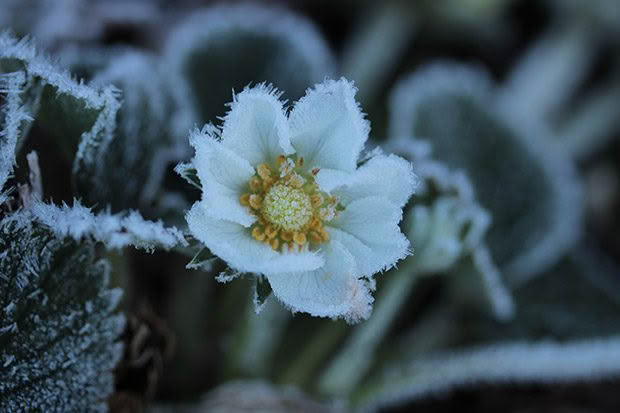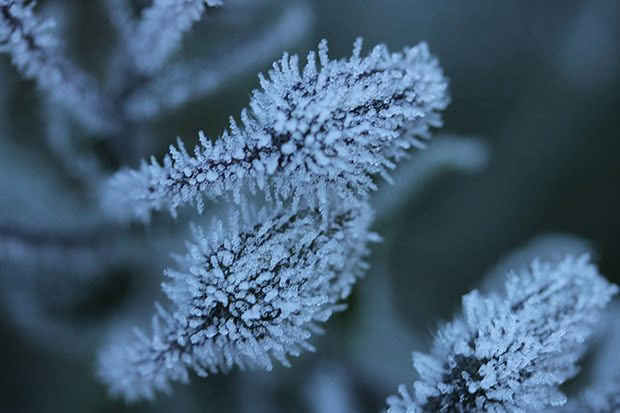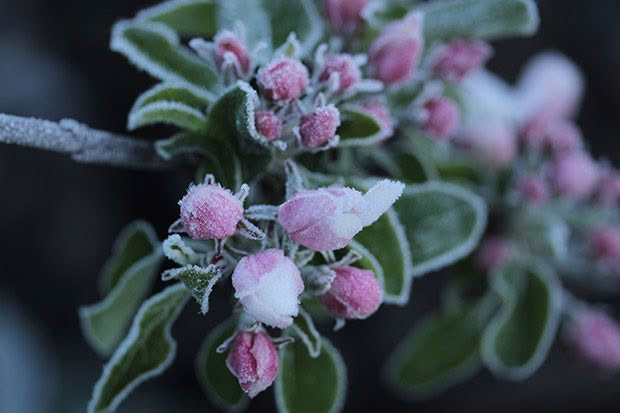Rebecca Stewart: Winter’s final blast
Nature shows no mercy as it rips through Rebecca’s homestead.
Photos: Summer Stewart
Everything was looking so fresh and spring-like, the young growth emerging and fruit trees blossoming. So much new life after a rather mild winter for us.
The grapevine’s fluffy little buds had burst into leaves of soft pink and green. Asparagus was popping its fat succulent shoots up from the mulch. Our newly planted hedgerow was showing promise of a massive growth burst with delicate new leaves on the māhoe, Griselinia and akeake.

Even the pesky Japanese walnuts were looking great with their bright green shoots. But winter was lurking, just waiting for that final blast across the land. With us all lulled into mild weather complacency, no one was heeding the traditional ‘don’t plant until after Labour Day’ mantra. Least of all the garden itself, our greenhouse had tomato plants, which had sowed themselves and grown to two-feet tall. And the ‘Hicks Early’ mulberry had been giving us berries all winter long.
But then came the polar blast, wreaking havoc across the landscape. The day dawned clear, crystal clear — the worst possible weather for an icy morn. This means frost, and this frost was a ripper. It was -7°C, said the neighbour up the road, worse than when we lived in the foothills of the Ruahine Ranges.

The garden was a dramatic show of glittering ice. From delicate shards on the flowers to ornate patterns on the leaves, it was a frozen, mystical wonderland which foretold impending doom. The grass crunched underfoot, and the animals shivered in their houses. The piglets stayed inside, preferring the warmth of their wool and hay bed.
Our daughter, Summer, was not so lucky, as I asked her to come outside and take frosty photos. It was a chance not to be missed, this fleeting moment of beauty, both harsh and fragile.
With a road trip planned we braved the icy roads leading up out of our valley. We passed through Ohakune, heater on full. The mountain was covered in snow — too late to save this year’s ski season. At Waiouru, more snow dusted the hilltops and the Ruahine Ranges beyond.
So it wasn’t until the next day that I saw the aftermath on our land.

The paulownia trees blooms had turned from soft violet to sludge brown, littering the road. Brown tips crowned the Japanese walnuts, all signs of green gone. The hedgerow drooped sadly, the māhoe annihilated, limp sodden leaves all that adorned them.
The robust plants in the veggie garden stood strong against the onslaught but the new asparagus shoots had collapsed in a melted mess. Fluffy shoots of the grapevine now faded to brown from the beauty of two days ago. The figs which had boldly put forth their new baby fruit and budding leaves, were now a sad singed sight.
And the plums, tiny promises of new fruit, now pitted and shrivelled. It makes me so glad to see the tiny fuzzy peaches still looking plump and healthy.
Sometimes hinging your survival on certain crops can be a risky business, which is why we aim for diversity. If one crop fails there will be others which don’t, a frost like this might mean less plums this year but the apples blossom later and they have handled the frost just fine.

This is also why we often preserve more than we need for a year too. With a surplus of plums in the cupboard I can easily make more of our daughter’s favourite plum sauce even if this year’s crop is low. This is also why we choose many crops which grow well here and can handle adverse weather.
I don’t have time to mollycoddle plants — either they live, or they die. The grapes and the figs are already sending out new shoots. The self-sown tomatoes in the greenhouse are already back to their previous size, their healthy roots pushing out fast new growth. The trick is to leave the frosted bits on the plant for a while, because if another frost hits after you’ve pruned it, they might not survive that one. And its survival is the hardiest around here.
Nature gives with one hand and takes with the other. We think about how much we are at her mercy, but then we realise there is no mercy, nature just is, we are the ones who try to control the uncontrollable.
ABOUT REBECCA
In 2020, Rebecca and David Stewart subdivided and sold their block in a tiny Manawatu village in order to create a more self-sufficient way of life. Choosing to buy 6ha (14.8 acres) of land, most of it in pines in a remote corner of King Country, meant no mortgage and treasured financial independence. The distance doesn’t stop Rebecca from running the increasingly popular Homesteading New Zealand group on Facebook. She also posts regular updates on their farm’s transformation to its own page, Fodder Farm. Read more about their journey here, and visit thisnzlife.co.nz every month for the latest from their slice of New Zealand.

